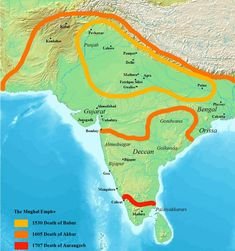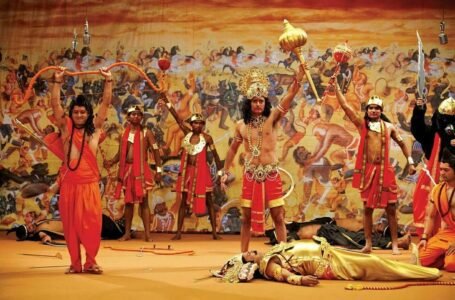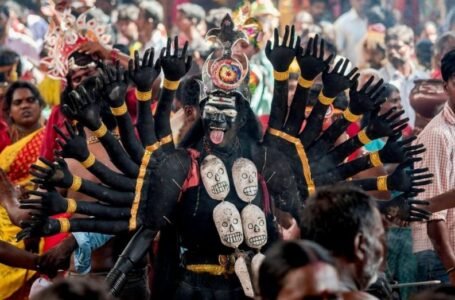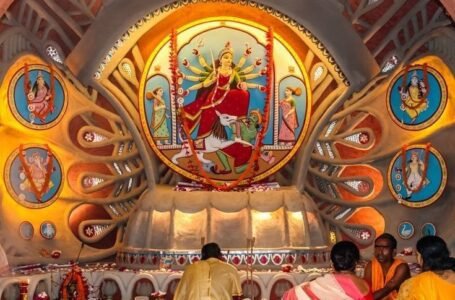Forgotten Dynasties of India: Unearthing the Silent Architects of History

India’s historical narrative often revolves around the grand empires the Maurya’s, Guptas, Mughals, and Cholas whose influence echoes through the ages. However, hidden beneath these towering figures are lesser-known dynasties that quietly shaped the subcontinent’s political, cultural, and economic landscapes. Their contributions, while not as widely celebrated, continue to shape local traditions, architectural heritage, and societal structures. This article aims to shed light on some of these forgotten dynasties, giving them their rightful place in India’s intricate historical mosaic.
The Satavahanas: Bridging North and South India
The Satavahanas rose to prominence around the 1st century BCE, establishing a powerful presence in southern and central India. They emerged as successors to the Mauryan Empire, filling the void left by its decline. For nearly 400 years, the Satavahanas maintained stability in the Deccan, fostering trade, art, and religion.
A defining feature of their reign was their control over important trade routes, both overland and maritime, connecting India with the Roman Empire and Southeast Asia. Ports such as Sopara and Bharuch became bustling commercial hubs. The flourishing Indo-Roman trade brought prosperity, enriching the empire and enabling large scale patronage of Buddhist stupas and Vedic traditions. Not only did this economic activity stimulate local economies, but it also paved the way for cultural exchanges that enriched Satavahana society.
Gautamiputra Satakarni, often regarded as the dynasty’s most celebrated ruler, expanded Satavahana territories and resisted encroachments by the Western Kshatrapas. His dedication to dharma and justice is evident in inscriptions such as the Nashik Prashasti. The grand stupas of Amaravati and Sanchi, adorned with detailed carvings, stand as enduring testaments to the Satavahana synthesis of Buddhist and Hindu traditions. These monuments reveal a society that thrived on religious tolerance and artistic innovation, blending regional influences to create something uniquely Indian.
Interestingly, the Satavahanas also played a significant role in preserving ancient Vedic practices, even as Buddhism gained popularity. This balancing act helped shape the religious landscape of India, reinforcing pluralism as a hallmark of Indian civilization.
The Karkotas of Kashmir: Guardians of the Valley
Between 625 CE and 855 CE, the Karkota dynasty ruled Kashmir, a period marked by military expansion and cultural refinement. Lalitaditya Muktapida, their most famous king, embarked on campaigns that extended Karkota influence into Central Asia and the Gangetic plains. His reign heralded an era of architectural and artistic brilliance, leaving a legacy that resonated long after his passing.
The Martand Sun Temple, perched against the backdrop of snow-clad peaks, exemplifies the architectural ambition of the Karkotas. This temple, dedicated to Surya, is a striking fusion of Gandhara, Gupta, and Kashmiri architectural elements. Kalhana’s Rajatarangini, one of the earliest historical chronicles of India, vividly recounts Lalitaditya’s exploits, portraying him as a dynamic leader who championed the arts and governance.
Despite their eventual decline, the Karkotas laid the foundation for Kashmir’s unique architectural style and helped position the region as a cultural crossroads between South Asia and Central Asia. This intersection of influences fostered a vibrant artistic tradition that endures to this day, underscoring Kashmir’s long standing role as a melting pot of diverse cultures.
The Gahadavalas: Defenders of the Ganges Plain
The Gahadavala dynasty emerged in the late 11th century, ruling much of northern India from their stronghold in Kannauj. Their reign coincided with a turbulent period marked by invasions from the Ghaznavids and early incursions by Muhammad Ghori. Govindachandra and Jayachandra, two prominent rulers, strengthened fortifications, expanded temple patronage, and sought to preserve regional stability.
Jayachandra’s defeat at the Battle of Chandawar in 1194 CE is often viewed as a precursor to the establishment of the Delhi Sultanate. However, the Gahadavalas’ contributions to temple architecture in Varanasi and Kannauj reflect a deep commitment to preserving cultural and religious institutions. The Vishwanath Temple in Varanasi, a spiritual beacon for centuries, owes much to the Gahadavalas’ patronage.
The dynasty’s focus on temple-building was not merely an expression of devotion but also a strategic move to reinforce cultural identity in the face of external threats. By fortifying religious centers, the Gahadavalas sought to anchor their rule in the hearts and minds of the people, fostering resilience and unity.
The Ahoms: Masters of the Brahmaputra Valley
The Ahom dynasty’s remarkable resilience and adaptability allowed them to govern Assam for nearly six centuries, from 1228 CE to the early 19th century. Founded by Sukaphaa, a Tai prince, the Ahoms gradually integrated with local communities, creating a distinctive Assamese identity.
Their most notable moment came during the Battle of Saraighat in 1671, where Lachit Borphukan’s naval strategies decisively halted Mughal expansion. Beyond warfare, the Ahoms pioneered innovative irrigation techniques, encouraged local literature, and constructed grand temples like the Kamakhya Temple, which remains a spiritual and cultural landmark in Assam.
The Ahom governance model, characterized by decentralization and local autonomy, contributed significantly to the longevity of their rule. By embracing local customs and traditions, the Ahoms fostered unity and stability, allowing them to repel multiple invasions and maintain sovereignty in a region often marked by conflict.
The Chalukyas: Architects of the Deccan’s Golden Age
The Chalukyas of Badami reigned from the 6th to the 8th centuries CE, ushering in an era of architectural innovation and military dominance in the Deccan. Pulakeshin II, one of their most formidable rulers, famously repelled the advances of Harsha, securing Chalukya dominance in southern India.
The rock-cut temples of Badami, Aihole, and Pattadakal highlight the Chalukyas’ artistic vision. These sites, showcasing a blend of Dravidian and Nagara styles, laid the foundation for future architectural marvels in South India. Pattadakal, now a UNESCO World Heritage site, reflects the zenith of their artistic achievements.
The Chalukyas’ patronage extended beyond architecture to literature and music, creating a flourishing cultural environment that inspired generations to come. This holistic approach to governance and art underscores their enduring legacy.
Rediscovering the Unsung Heroes of Indian History
The dynasties explored here may not occupy the grand stage of Indian history, but their legacies remain embedded in the land, literature, and collective memory of the regions they once ruled. By revisiting these forgotten narratives, we enrich our understanding of India’s diverse and layered past. These rulers, though overshadowed by larger empires, were crucial architects of the subcontinent’s cultural and historical identity.


